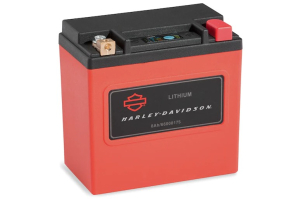How to Prevent Battery Accidents
Before you are proficient at preventing battery accidents you need to understand the characteristics of a battery. For batteries with electrolytes, the electrolyte solution reacts with lead plates inside of the battery and this reaction creates an electrical charge. As a battery’s energy is consumed, this chemical reaction is reversed and the battery then requires charging.
The chemical reaction that produces an electrical charge creates a gaseous byproduct called hydrogen gas. When hydrogen accumulates to a concentrated level and mixes with oxygen, then BOOM! This is how most battery explosions occur.
Educate Yourself About Battery Accidents
So, before you work with batteries, be sure that you educate yourself on your surroundings. You should know where the closest sink or eye wash station is and also where the closest shower is. If your eyes do get exposed to battery acid, flush continuously for 15 to 20 minutes and seek medical attention. Additionally, battery terminals can shock you! In order to prevent battery accidents, we recommend that you remove your jewelry, especially rings, and anything metallic that can possibly come into contact with the terminals.
Have you ever opened up your wife’s car and found a battery caked with dirt and debris? It makes working with the battery more difficult and less safe. So ensure that battery labels are clear of build up – there could potentially be important information about the battery located here.
Also, be sure that your battery leads are securely fastened to the battery terminals – a lead that is lose may cause arcing and sparking and this is not only a fire hazard but can reap havoc on electronic systems. If you do notice corrosion, remove it! You want to maintain good electrical contact between the metal parts of the battery system. Don’t be afraid to add corrosion inhibitors.
Safety Precautions to Prevent Battery Accidents
When working around the battery, try to minimize contact with metal tools. Don’t smoke near led-acid batteries; hydrogen + oxygen + heat source = bad day. If you’re jumping a battery, do not contact jumper cables to terminals with different polarities i.e. negative to positive. Do not connect two batteries with different voltages, do not jump a frozen battery that has electrolytes – the rapid heating of the battery can cause rupture, and make sure the cars aren’t touching each other.
In closing, keep your batteries well ventilated, keep them clean, wear your protective equipment and work slowly and safely. Adhering to these safety guidelines will minimize your chance of experiencing a battery accident.






